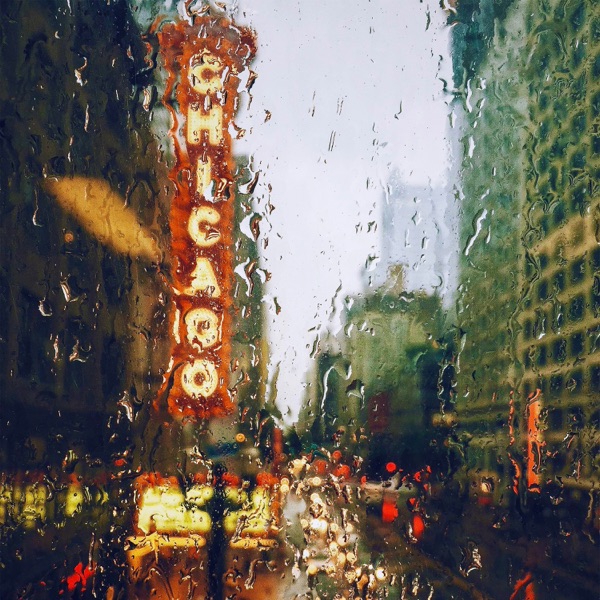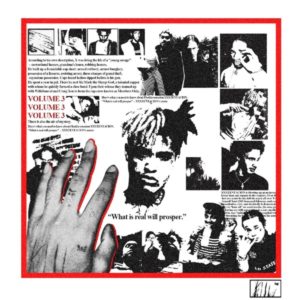Description
#apollobrown&philmoregreene #vinyl #vinylrecords
In their collaborative album “Cost of Living,” rapper Philmore Greene and producer Apollo Brown tackle the profound question of the consequences of living in a broken world. From the very first moments of the album, they confront the harsh realities that define modern inner-city life, probing the systemic traps that have ensnared generations for centuries. The album serves as an elegiac and existential soundtrack, capturing the essence of urban existence and the struggles faced by those caught in its grip.
Authenticity permeates every track on “Cost of Living.” Philmore Greene’s lyrics bear the weight of personal experiences and scars, reflecting the tumultuous backdrop of Chicago’s westside where he grew up. This is the place that nurtured him but also haunted him, where he witnessed the harsh realities of poverty, violence, and loss. Turning to music as his refuge, Greene channels his hard-fought wisdom and shares his contemplative fire through each verse.
Life and death are the underlying themes of “Cost of Living.” The album delves into the endemic poverty, missed opportunities, and shattered dreams that plague marginalized communities. The roll of the dice can determine whether one falls victim to death, imprisonment, or finds a way out. As the scratched vocals of Common echo on the track “Steep Life,” Greene acknowledges the aspirations and struggles of those living in the inner city. He recognizes the harsh realities that rappers and athletes strive to overcome.
Apollo Brown’s production sets the stage with cinematic arrangements of tense, moody strings and commanding drums. His skillful craftsmanship evokes the spirit of legendary producers like Pete Rock, J Dilla, and DJ Premier. As Pitchfork praised, Brown’s dedication to capturing the essence of rap’s second Golden Age goes beyond emulation. His instrumentals, along with his extensive collaborative work, showcase the passion he pours into his art.
Philmore Greene’s lyrical prowess is a perfect match for Apollo Brown‘s lush sonic canvases. With a confident and luxurious boom-bap style, Greene has been recognized for his ability to convey complex emotions, empathetic street narratives, and heartbreaking pathos. Tracks like “Welcome to the Ave” paint vivid pictures of dice games, enduring poverty, street pharmacies, and absent fathers. He weaves together a tapestry of experiences that vividly illustrate the reality of his surroundings.
On the lead single “Paradise,” featuring Evidence, Greene showcases his talent for classic rap storytelling. He compares the streets of Chicago to the chaos of Pakistan, highlighting the presence of sex workers, church bells, and perpetual paranoia. He exposes the hypocrisy of a world where sentences for drug trafficking can far exceed those for murder.
The album’s centerpiece, “This is Me,” delves into Greene’s personal struggles and psychological turmoil. He opens up about witnessing a murder at the age of 14, which left him grappling with trauma and seeking therapy. He shares his ongoing battle with internal demons and the constant fear of being watched and pursued by the killer. Greene takes listeners on a journey through his teenage years, questioning whether he would survive past the age of 25. A decade later, he wakes up on his 25th birthday, shedding tears of gratitude for simply being alive.
While the cost of living may be steep, Greene and Brown remind us that it is not insurmountable. The album reflects the countless losses and limited gains experienced in marginalized communities. Yet, amid the hardships, a belief in something greater and the possibility of a better future remains alive. “Cost of Living” is a testament to the resilience of the human spirit and serves as a reminder that soulful music can transcend mere aesthetics, becoming a place where heart, philosophy, and spirit converge. It is a timeless work that confronts issues that have plagued humanity for generations and will continue to do so long after we’re gone.




